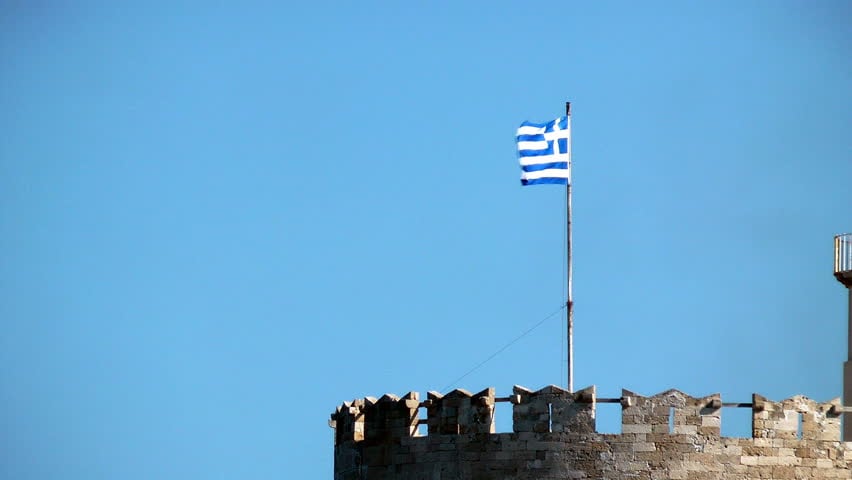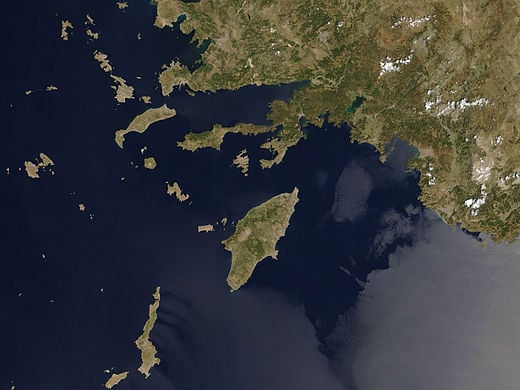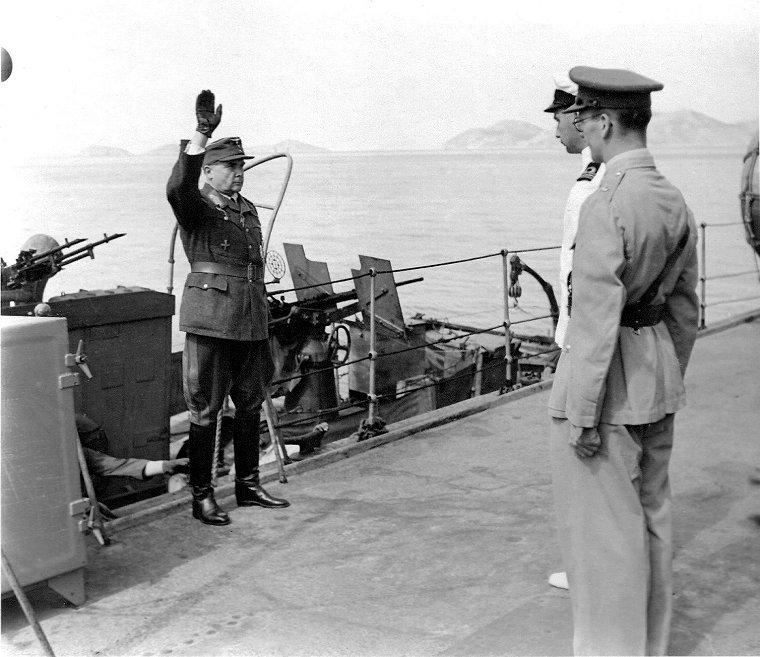The Dodecanese — the island archipelago furthest from the Greek mainland which includes Rhodes and Kos as well as other scenic gems — attracts thousands of visitors every year.
However, many sipping their ouzo or Greek coffee there might not be aware that their sunny island paradise did not actually become part of the Greek state until halfway through the 20th century.
It was only in 1947, after having endured centuries of occupation by different powers and a campaign to strip them of their Greek identity, that the islanders were finally able to join their fellow Greeks.
The 15 main islands and 93 islets of the modern Dodecanese island chain have always been something of a cultural and political crossroads. Ever since antiquity, the islands have had different forms of government, even including repressive military occupation.
After the Ottoman conquest in 1522, the largest islands — Rhodes and Kos — came under direct Turkish rule while the rest had different political relations with the new empire.
Using their self-government to flourish economically, Ottoman attempts to rescind these privileges in the nineteenth century pushed most of the islanders to favor union with the emerging independent Greek state.
However, the London Protocol of 1830, which recognized Greek independence, left out the islands, most of which — apart from Kastellorizo near Turkey — later came under Italian occupation during Italy’s war with the Ottomans.
In 1923 Italy annexed the islands under the Treaty of Lausanne and later began a policy of Italianization, trying to strip the idyllic island of the influence of its Greek culture, language and ancient traditions.
Fascist Italy also tried to implement a resettlement policy and by 1936, a total of 16,700 Italians were living on the islands, mostly on Rhodes and Leros.
Even worse was to come, as fascist racial laws were enforced, and totalitarian architectural projects — sometimes using forced Greek labor — were undertaken as part of Mussolini’s efforts to Italianize the islands.
With a second European war looming, the Dodecanese’s Greek population narrowly avoided conscription since they were not full citizens of the Italian state. However, the Allied attempt to take the Dodecanese without air cover proved to be a disaster and Nazi Germany maintained its tight military grip on the islands until the end of the Second World War.
This military occupation led to the deaths of most of the islands’ Jewish community, with only 1,200 individuals out of its pre-occupation population of 6,000 successfully escaping to Turkey.
After Germany’s defeat, the islands passed into British hands and in 1947 a Treaty of Peace between Italy and the victorious powers finally transferred them to Greece, along with $105 million in reparations.
Ever since that time the Dodecanese have been part of Greece, despite the occasional historical hangover showing their once-independent status — for example, amateur radio still treats the islands as another jurisdiction, giving them a different call sign from mainland Greece.
Last year the Greek Parliament held a special session to mark seven decades since the Dodecanese islands’ reunification with the rest of the country.
See all the latest news from Greece and the world at Greekreporter.com. Contact our newsroom to report an update or send your story, photos and videos. Follow GR on Google News and subscribe here to our daily email!







